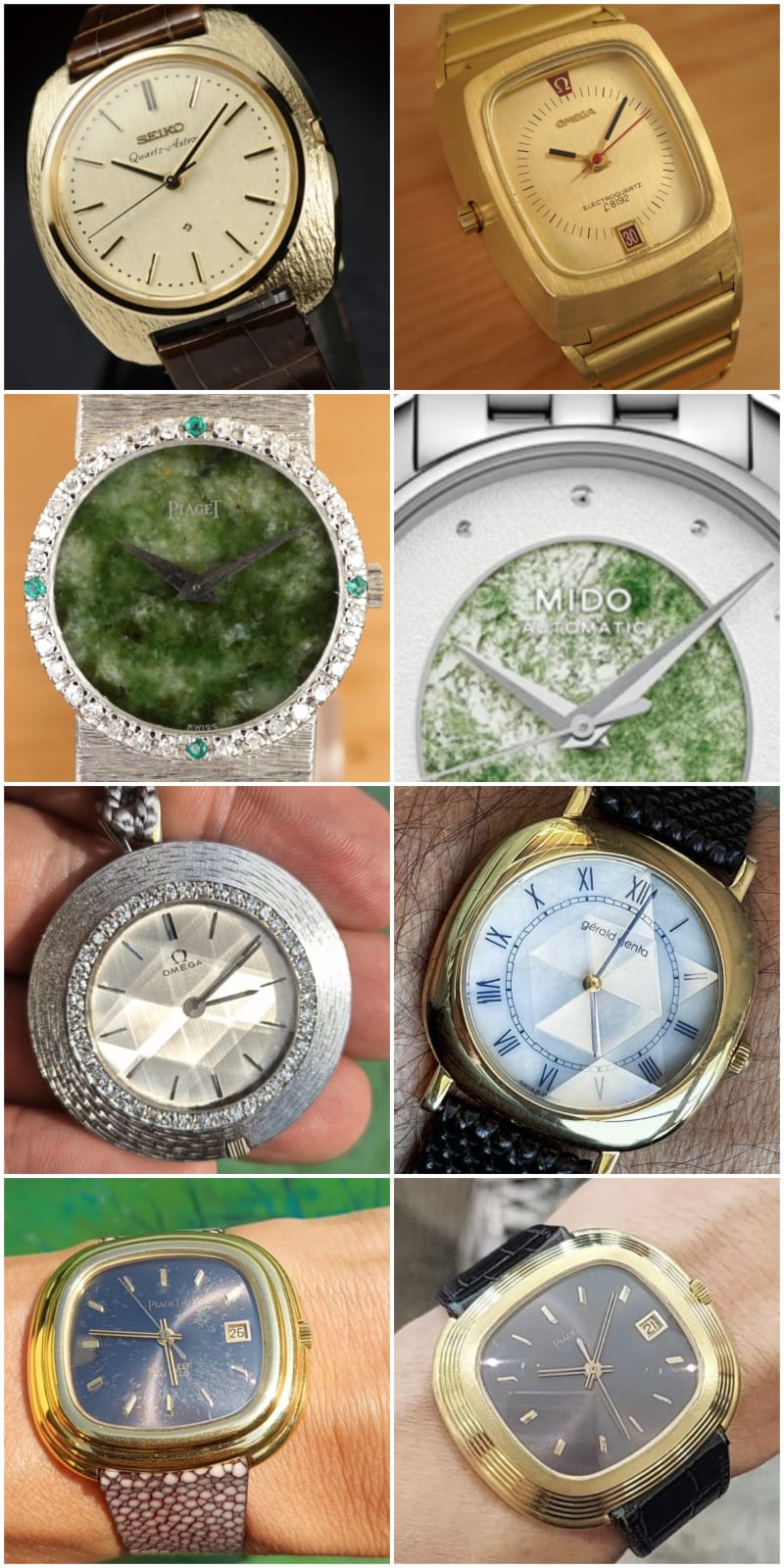Its about time; and its about chronology -- horologys most important and controversely discussed topics:
- Who invented the 1st Automatic Chronograph?
- Who invented the 1st "Submariner" / Water-Resistant Watch?
- Who invented the 1st Electric-Watch?
- Who invented the 1st Quartz-Watch?
- What is the difference between Beta21 & Beta22?
- What is the difference between a stone-dial from the 60s vs one made in the 80s?
- What is the difference between a tourbillon in a 19th century pocketwatch vs a machine-made modern?
- What is the difference between a (faceted) sapphire-crystal made in the 60s vs a modern one?
We will not answer these questions about the order here. But why is this chronology so important for collectors and enthusiasts? Indeed, it is the difference between innovator / inventor of a horological milestone vs an irrelevant follower / copy-cat. Of course only the first is relevant and even more, these first presentations are usually the rarer one because their examples were much more expensive: stone-dials by Piaget were and expensive and exclusive thing in the 60s and first half of the 70s but rather cheap and quite common in the 80s when even medium-tier brands put stone-dials on their mass-products or like today when absolutely every new watch is coming with a delicate stone-dial -- it is literally cheaper to make a stone-dial than a sophisticated dial from metal.
The same holds true for the 1960 presented faceted sapphire-crystal by Omega used in their exclusive Damier-series -- a big and expensive thing back then but not that exclusive anymore in the 80s when Genta made extensive use of this feature to easily make some rather lame designs more characteristic / interesting.
The irrelevance of the 2nd / the follower is widely known and so many try to change that chronology -- with some tricks or seriously bad intentions. Lets see what we can add to this topic in later blog-posts.
- Photo Sources: @misterenthusiast, Mido, Seiko and own website;
Ad 2024-11-01: Overall it is a question WHEN a watch was made. A solar-powered electric-winding of a manual pocketwatch-movement appears avant-garde in the 1950s and even in the 1960s. But it becomes a lame and somehow quirky anachronism in the 1970s, immediately. And this is true for the Patek Beta21: The ref3587 was a statement piece and on the edge of technology when it appeared in April 1970 and until the last of the 400pcs were sold in 1972. But the then presented successor ref3597 was nothing but a quirky anachronism in its last sale-days in the late 1970s. It's about time.
